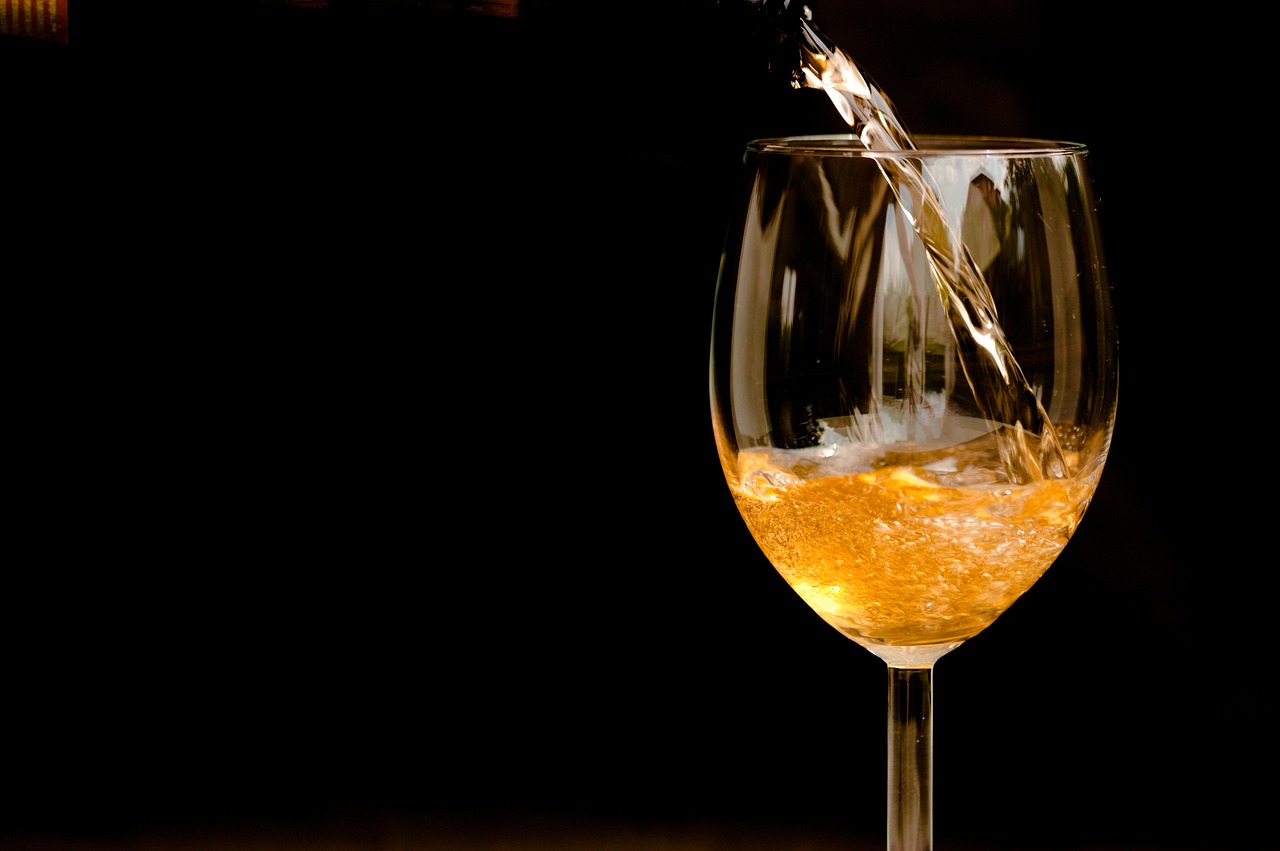
Apfelwein, a traditional German apple wine, has long been a staple in the beverage culture of regions like Hesse, particularly around Frankfurt. This refreshing drink, known for its tart and crisp flavor, is not only a symbol of German heritage but also an ever-evolving part of contemporary culinary experiences. In this comprehensive guide, we will delve into the intricacies of Apfelwein, exploring its history, production, varieties, and much more.
The History of Apfelwein
Apfelwein, also known as Ebbelwoi, Äppler, or Stöffche in various German dialects, boasts a rich history dating back to the 16th century. Its origins are rooted in the German countryside, where apple orchards were plentiful. The drink became particularly popular as a refreshing alternative to beer, especially in areas where the climate was less favorable for barley cultivation.
The Production Process
The making of Apfelwein is an art that combines tradition and modern technology. The process starts with the selection of apples, which greatly influences the flavor of the final product. Traditionally, a mix of sour and sweet varieties is used.
- Harvesting and Sorting: Apples are harvested and sorted to ensure only the best quality fruit is used.
- Crushing and Pressing: The apples are then crushed and pressed to extract the juice.
- Fermentation: The juice is fermented, typically in large barrels. Natural yeasts can be used, but some producers may add specific strains to control the fermentation process.
- Maturation: After fermentation, Apfelwein is often aged in barrels, allowing the flavors to develop.
Varieties of Apfelwein
Apfelwein comes in various styles, ranging from sweet to dry. The sweetness level is often a result of the apple varieties used and the fermentation process. Some common types include:
- Trocken (Dry): Crisp and tart, with minimal residual sugar.
- Halbtrocken (Semi-Dry): A balance of sweetness and acidity, often preferred for its versatility.
- Süß (Sweet): Higher in residual sugar, these are less traditional but popular among those who prefer a sweeter palate.
Serving and Enjoyment
Traditionally, Apfelwein is served in a special ribbed glass called a “Geripptes,” which enhances the tactile experience. The ideal serving temperature is between 4°C and 6°C (39°F to 43°F). In Frankfurt and surrounding areas, it’s often enjoyed in cozy apple wine taverns, known as “Apfelweinkneipen.”
Pairing with Food
Apfelwein’s versatility makes it a fantastic beverage to pair with various dishes. Its crisp acidity cuts through rich, fatty foods, making it an excellent companion for traditional German cuisine like schnitzel, sausages, or cheese. It also pairs wonderfully with international dishes, such as spicy Asian food or hearty American BBQ.
Health Benefits
While it’s important to consume alcohol in moderation, Apfelwein does have some health benefits, primarily due to the presence of antioxidants and polyphenols from apples. These compounds are known for their anti-inflammatory and heart health benefits.
Apfelwein in Culture and Festivals
Apfelwein holds a special place in German culture, particularly in the Hesse region. The annual Frankfurt Apple Wine Festival is a testament to its cultural significance, where locals and tourists alike gather to celebrate this beloved beverage.
Home Brewing of Apfelwein
The trend of home brewing has not spared Apfelwein. With basic equipment and quality apples, enthusiasts can try their hand at creating their own versions of this traditional drink, tailoring it to their taste preferences.
Apfelwein’s Global Influence
While Apfelwein is a quintessentially German drink, its influence has spread globally. Variants can be found in regions like the UK and the United States, often labeled as “hard cider.” However, traditional German Apfelwein remains unique in its taste and production methods.
The growing demand for organic and sustainable products has reached the Apfelwein industry. Many producers are now focusing on organic apples and sustainable farming practices, catering to the environmentally conscious consumer.
The Future of Apfelwein
The future of Apfelwein looks bright, with a growing interest in artisanal and craft beverages worldwide. Producers are experimenting with new apple varieties and fermentation techniques, promising an exciting evolution of this traditional drink.
Apfelwein’s rich history, diverse styles, and cultural significance make it more than just a beverage. It’s a symbol of German heritage, a testament to the craftsmanship of its makers, and a delightful experience for those who enjoy it. Whether you’re a seasoned aficionado or new to the world of Apfelwein, there’s always something new and exciting to discover in this traditional apple wine.
Related articles:
German Wine Guide
Favorite German Drinks to Try







